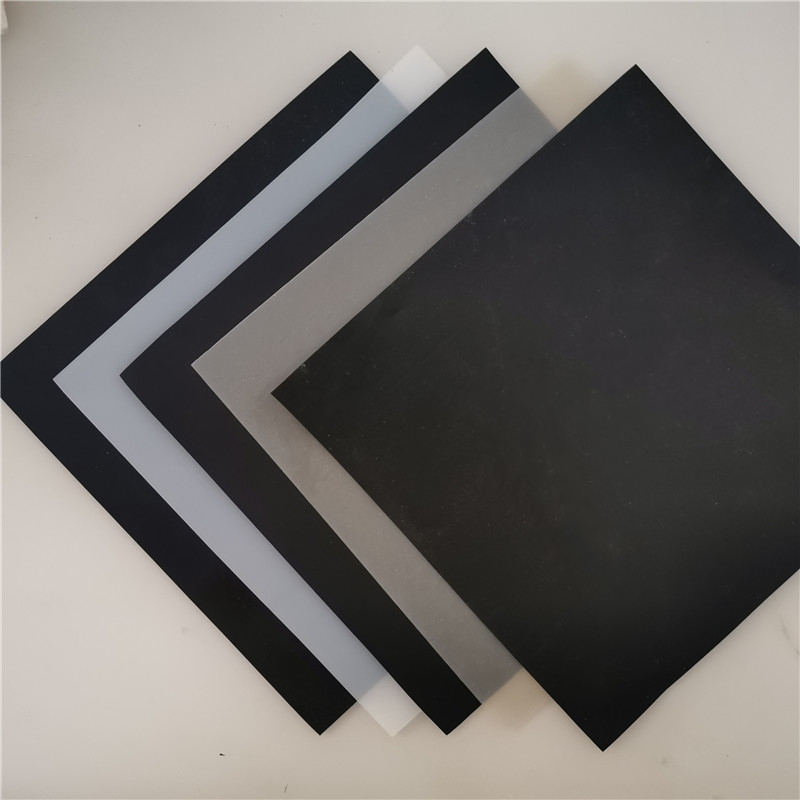
产品介绍:
![1602749024113035.jpg 1-1Z124111509[1].jpg](/static/upload/image/20201015/1602749024113035.jpg)
Product Introduction
Composite geomembrane: Composite geomembrane is an impermeable material made by combining geotextile
and geomembrane. It is mainly used for anti-seepage. Composite geomembrane is divided into one fabric and
one membrane and two fabrics and one membrane. It has high physical and mechanical performance indicators
such as tensile strength, tear resistance and puncture resistance, and can meet the needs of civil engineering such
as water conservancy, municipal, construction, transportation, subway and tunnel. Because it is made of high
molecular materials and anti-aging agents are added in the production process, it can be used in unconventional
temperature environments. One fabric and one film is a geosynthetic material made by calendering and hot-melting
a layer of geotextile (such as long and short filament needled geotextile, woven geotextile, plastic woven fabric,
bentonite waterproof blanket, etc.) and a layer of high-molecular material (such as HDPE film, LDPE film, EVA film, etc.).
Performance features
Composite geomembrane (composite anti-seepage membrane) is divided into one fabric and one membrane and
two fabrics and one membrane. It has high physical and mechanical performance indicators such as tensile strength,
tear resistance and puncture resistance. The product features high strength, good elongation performance, large
deformation modulus, acid and alkali resistance, corrosion resistance, aging resistance and good anti-seepage performance.
It can meet the needs of civil engineering such as anti-seepage, isolation, reinforcement, crack prevention and
reinforcement in water conservancy, municipal, construction, transportation, subway, tunnel and engineering construction.
It is often used for anti-seepage treatment of DAMS and drainage ditches, as well as for anti-pollution treatment of waste sites.
Function and application
1. Anti-seepage for landfill sites, sewage or waste residue treatment.
2. River embankments, lake DAMS, tailings DAMS, sewage DAMS, reservoir areas, channels, liquid storage pools (pits, mines).
3. Anti-seepage lining for subways, basements, tunnels and shafts.
4. Salt seepage prevention for other foundations of the roadbed.
5. Horizontal anti-seepage pavement in front of the embankment and dam, vertical anti-seepage layer of the foundation,
construction cofferdam, and waste site.
6. Marine and freshwater aquaculture farms.
7. Waterproofing layers for the foundations of highways, expressways and railways, expansive soil and collapsible loess.
8. Roof seepage prevention.





